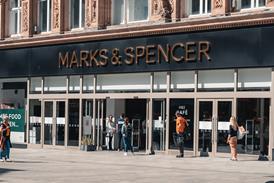Retailers bank on rush as Christmas goes to the wire

Shoppers are expected to belatedly hit the high street in force from today, and retailers are banking on the last-minute rush to bolster seasonal performance.
Already have an account? Sign in here



















